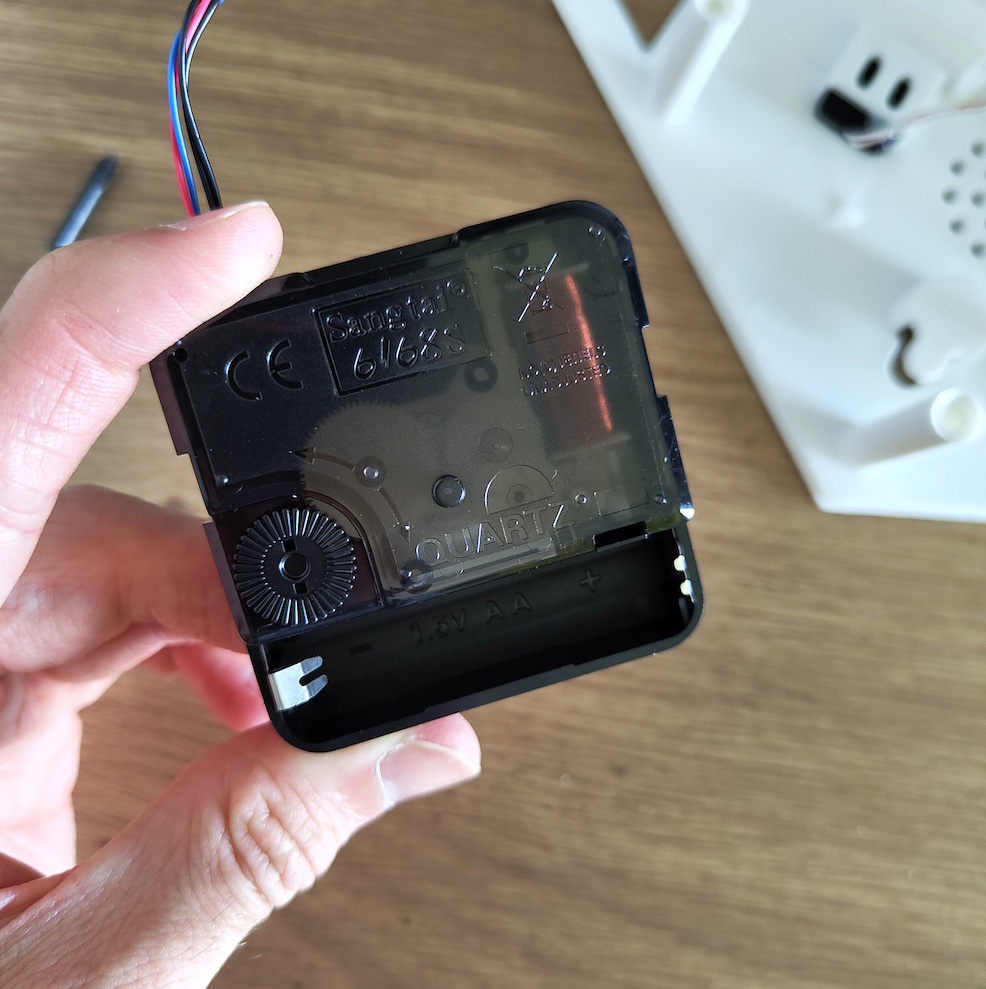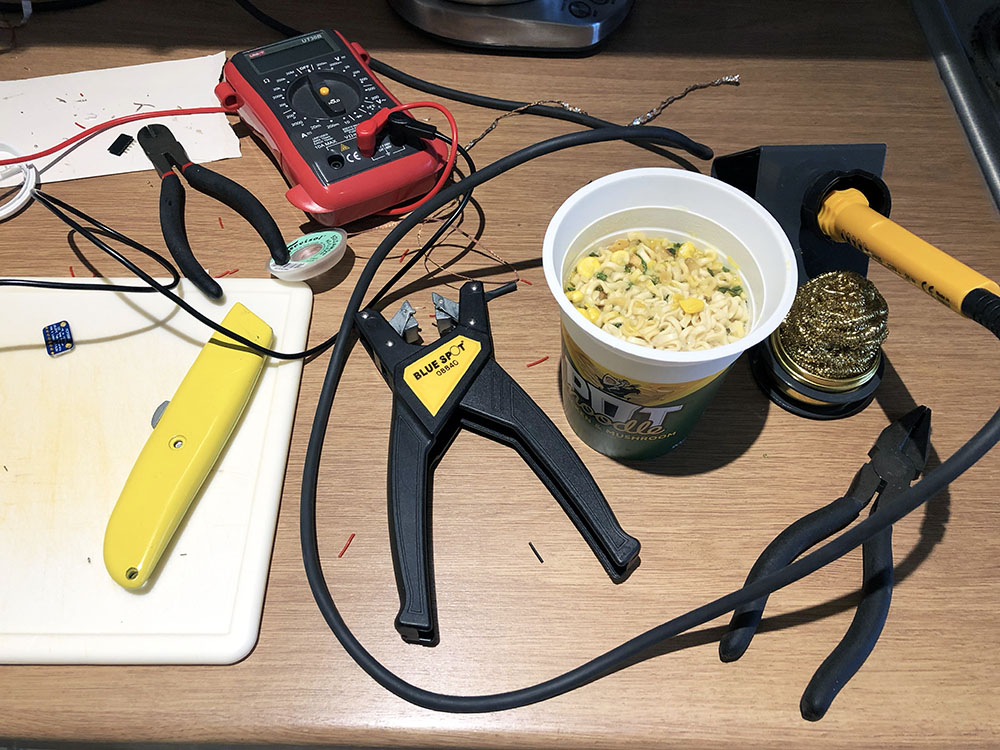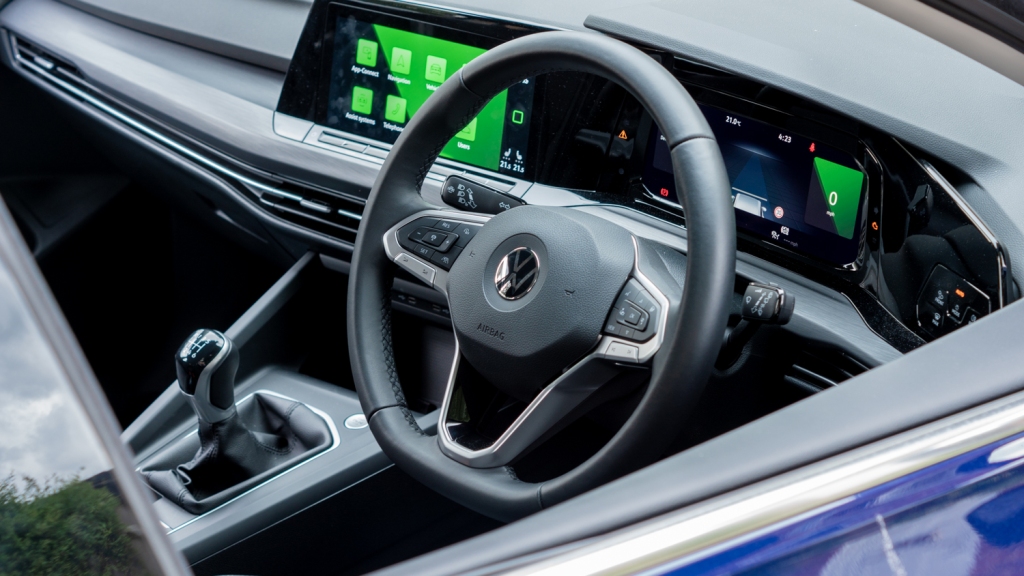I’ve been building up my smart home setup for the last couple of years, and it generates a lot of data – from the cat’s weight, to the humidity in each room, and like any Smart Project full of sensors, the question becomes what do we do with all that data? Graphs and dashboards? Push notifications? Disembodied vocal announcements using the Sonos?

In the early 2000’s a company called Violet, released the Nabaztag – an internet connected Rabbit, with extremely expressive ears and lights on its belly. It wasn’t something I could afford at the time, but ever since, I’ve been interested in the idea of ambient or glanceable devices – devices that fit into our environment and let us know important information without directly calling for our attention.
I decided to try to use a cuckoo clock as the foundation for an ambient device project. I had this plan that I could add a light to the bottom of the clock that would create a nice glow on the wall behind it. I also planned to take control of the cuckoo mechanism, so rather than chiming on the hour, it could chime whenever I wanted (if I wanted a somewhat less passive notification). While putting together an order of the components I would need, I came across a ring of 20 RGB LEDS that would fit nicely behind the clockface, so I added that to the plan too.
Now, I have far too much respect for mechanical clocks to go tearing into beautifully made mechanical clock, so I started on eBay with a battery powered, plastic quartz clock. I was actually pretty impressed by this clock in its default state, it was reasonably attractive (if you’re into modern minimalist cuckoo clock styles) and the cuckoo sound was decent. My only real complaint was that the hands were a really long way forward of the clock face, which didn’t look so great if you weren’t looking at the clock directly from the front.
The Teardown
I started pulling the clock apart to see what I would find, and it was pretty interesting. The chime & cuckoo are in their own module, connected to a clock & pendulum module. I was amused to find that when I further dismantled that clock module, it contained a standard clock unit inside it – complete with normally inaccessible AAA battery connecter. Because sometimes, even in mass production, its easier to repurpose an existing item then built it from scratch.










